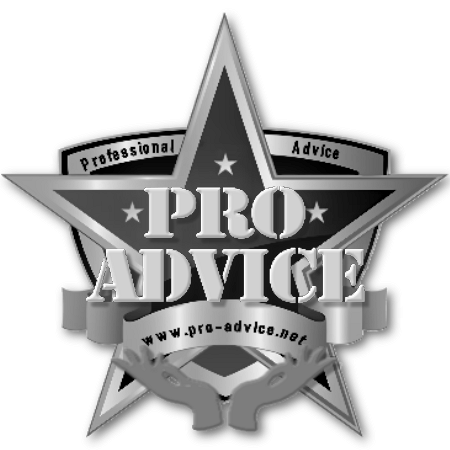
Developing a business idea can be an exhilarating and daunting process. Whether you’re an aspiring entrepreneur or looking to expand your existing ventures, understanding the fundamentals of business idea development is crucial for success. This guide will walk you through the essential steps to transform your concept into a viable business plan.
Where to Start?
Identify Your Passion and Strengths:
Begin by examining your interests and skills. A business rooted in your passion is more likely to succeed because you will be motivated to overcome challenges. Reflect on your strengths and consider how they can be leveraged to create a unique value proposition.
Market Research:
Conduct thorough market research to understand the industry, target audience, and competitive landscape. Identify existing problems or gaps in the market that your business could address. Use tools like surveys, interviews, and industry reports to gather valuable insights.
Idea Validation:
Before fully committing to your idea, validate it through a pilot project or a minimum viable product (MVP). This allows you to test your concept with a smaller investment and gather feedback from potential customers. Adjust your idea based on the feedback to better meet market demands.
Major Points of Consideration
Unique Selling Proposition (USP):
Determine what sets your business apart from competitors. Your USP is the unique benefit that your product or service offers, which others do not. It could be related to quality, price, convenience, or a combination of factors.
Business Model:
Decide on a business model that aligns with your goals and market conditions. Common models include retail, subscription, franchising, and direct sales. Consider the scalability and sustainability of the chosen model.
Financial Planning:
Create a detailed financial plan that includes startup costs, operating expenses, revenue projections, and funding sources. Understand your break-even point and develop strategies to manage cash flow effectively. Securing initial funding through loans, investors, or personal savings is often necessary.
Legal Structure:
Choose a legal structure for your business, such as sole proprietorship, partnership, LLC, or corporation. Each structure has different implications for liability, taxes, and regulatory requirements. Consult with a legal advisor to determine the best option for your situation.
Marketing Strategy:
Develop a comprehensive marketing strategy to attract and retain customers. Utilize a mix of digital marketing, social media, content marketing, and traditional advertising based on your target audience’s preferences. Building a strong brand identity is also crucial for long-term success.
Potential Downfalls
Lack of Planning:
Many businesses fail due to inadequate planning. Without a clear business plan, you may struggle to make informed decisions, secure funding, or attract customers. Dedicate sufficient time to developing a detailed plan that covers all aspects of your business.
Underestimating Competition:
Ignoring the competitive landscape can be detrimental. Always be aware of your competitors’ actions and continuously seek ways to differentiate your offerings. Stay adaptable and be ready to innovate as the market evolves.
Poor Financial Management:
Mismanaging finances can quickly lead to business failure. Maintain accurate financial records, regularly review your budget, and monitor cash flow. Consider hiring a professional accountant if necessary.
Neglecting Customer Feedback:
Customer feedback is invaluable for improving your product or service. Failing to listen to your customers can result in missed opportunities for growth and negative reviews. Create channels for customers to provide feedback and act on their suggestions.
Good Practices
Continuous Learning:
The business landscape is constantly changing, and staying updated with industry trends and best practices is essential. Attend workshops, webinars, and industry conferences to expand your knowledge and network with other professionals.
Building a Strong Team:
Surround yourself with a team of skilled and motivated individuals who share your vision. A strong team can provide diverse perspectives, enhance creativity, and support business growth. Invest in employee training and development to foster a positive work environment.
Customer-Centric Approach:
Put your customers at the center of your business strategy. Understand their needs, preferences, and pain points. Deliver exceptional customer service and build long-term relationships. Satisfied customers are more likely to become repeat buyers and brand advocates.
Adaptability:
The ability to adapt to changing market conditions, customer preferences, and technological advancements is crucial. Be open to feedback, willing to pivot when necessary, and continuously seek ways to improve your business.
Networking:
Building a robust network can open doors to new opportunities, partnerships, and resources. Attend industry events, join professional organizations, and engage with your local business community. Networking can provide valuable insights, support, and collaborations.
Conclusion
Developing a business idea involves a combination of creativity, strategic planning, and continuous learning. By starting with a clear understanding of your passion and strengths, conducting thorough market research, and considering essential factors such as financial planning and legal structure, you can lay a solid foundation for your business. Be mindful of potential pitfalls, and adopt best practices to ensure long-term success. Remember, the journey of entrepreneurship is a marathon, not a sprint. Stay dedicated, adaptable, and customer-focused to turn your business idea into a thriving venture.


